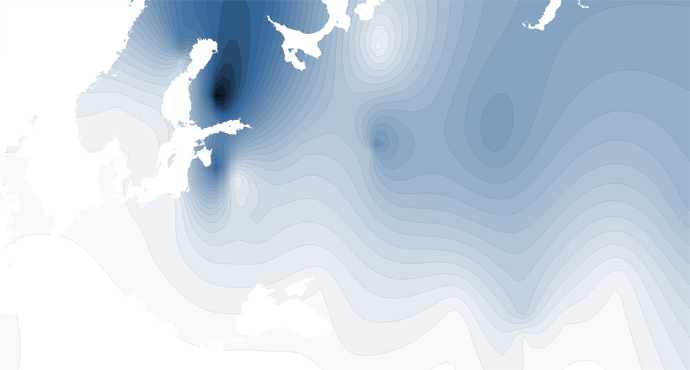| Y-chromosome Haplogroups |
In addition to your Y-chromosome STR results, we are able to accurately predict which "haplogroup" your Y-chromosome belongs to. Haplogroups can be thought of as branches of the Y-chromosome genetic tree. With its roots in Africa approx. 140,000 years ago, as time has progressed, small mutations have occurred on the Y-chromosome. When a mutation happens (called a SNP, pronounced "snip"), the tree branches so that over time and as people have migrated into different continents and regions, we see a tree-like structure with branches found in certain parts of the world.
Because particular STR patterns are seen within particular haplogroups, on most occasions we can predict which haplogroup you are in and where your Y-chromosome fits into this Y-chromosome tree. Along with the prediction, we also provide the history, background and mapped distribution of your haplogroup.
Please be aware that, whilst our comparative database uses up to date information, it may not be possible to make an accurate prediction on all occasions and sometimes no prediction can be made.
| Your Predicted Haplogroup: N |
Haplogroup N, defined by the SNP marker LLY22g is likely 10,000 years old and has three distinct sub-haplogroups, N1, N2 and N3. The most successful sub-haplogroup, N3, spans the Eurasian continent and appears independent of any linguistic affiliation. N3 is particularly frequent among many populations of Northern Siberia and dominates the genetic landscape at almost 90% of the male Yakut population. Eskimo and Nenets populations also have this haplogroup at up to 50%.
Within Europe, we see N3 within the Volga Basin amongst Eastern European populations such as the Komis, Mordvin and Udmurts and also in the Finns, Saami and Estonians with frequencies up to 60%. Whereas linguistic affiliation often provides marked genetic boundaries, not so with haplogroup N3 which, as well as being seen in the Finno-Ugric-speaking populations, can also be detected at 30-40% of the Eastern Baltic-speaking Latvians and Lithuanians.
This N3 haplogroup is practically absent in southern and western regions of Europe. In case of finding N3 individuals in British Isles (very low frequency), it is usually considered as the indication of Vikings influence to their gene pool.
| Distribution of Haplogroup N |
